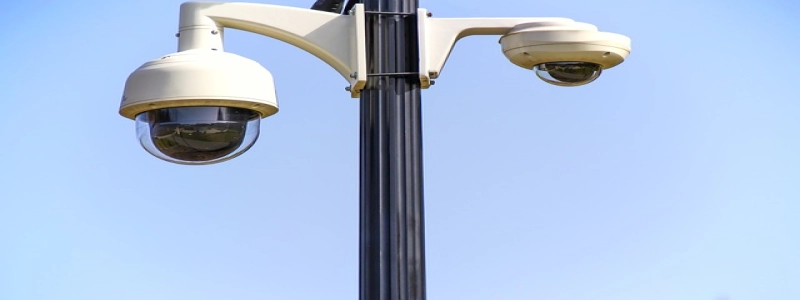As the Wavelength of Light Increases, the Frequency
Introduction:
In the fascinating world of physics, the relationship between the properties of light has always been a subject of great interest and study. One of the fundamental concepts in this realm is the relationship between the wavelength of light and its frequency. It is widely accepted that as the wavelength of light increases, the frequency decreases. In this article, we will delve into this relationship and explore its implications.
I. Understanding the Wavelength of Light:
To comprehend the concept of wavelength, we must first have a clear understanding of what light is. Light, in simple terms, is a form of electromagnetic radiation that stimulates the eyes and allows us to see the world around us. It consists of tiny particles called photons, which carry energy. Wavelength is a fundamental property of light and refers to the distance between two consecutive peaks or troughs of a wave.
II. Frequency: A Measure of Oscillations:
Frequency, on the other hand, is a measure of the number of oscillations or cycles per second that a wave experiences. In the context of light, frequency refers to the number of waves passing a particular point in one second. It is measured in hertz (Hz) and is inversely proportional to the wavelength of the light.
III. The Relationship Between Wavelength and Frequency:
According to the wave-particle duality of light, every particle of light (photon) exhibits both wave-like and particle-like properties. The wavelength and frequency of light are inversely related, meaning that as the wavelength increases, the frequency decreases and vice versa. This relationship can be mathematically represented by the equation: speed of light = wavelength x frequency.
IV. Implications of the Relationship:
This inverse relationship between wavelength and frequency has significant implications in various fields of science and technology. It is particularly relevant in the study of spectroscopy, where scientists use the interaction between light and matter to study the properties of substances. By analyzing the wavelengths of light emitted or absorbed by different substances, scientists can gain valuable insights into their composition and behavior.
V. Application in Everyday Life:
The relationship between wavelength and frequency is not limited to scientific research. It also has practical applications in our everyday lives. For example, in the field of telecommunications, the use of different wavelengths of light allows us to transmit vast amounts of data over long distances through optical fibers.
Conclusion:
In conclusion, the relationship between the wavelength of light and its frequency is a central concept in the study of light and its properties. As the wavelength increases, the frequency decreases, impacting various fields of science and technology. Understanding this relationship not only expands our knowledge of the world around us but also enables us to develop innovative technologies that shape our modern lives.







